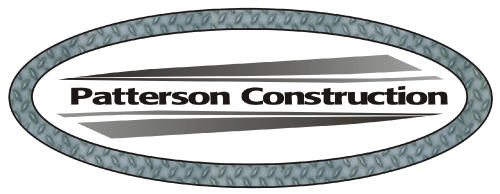Four Surprising Truths About Roof Ventilation
There are many sites and resources for the Phoenix homeowner to understand their roof ventilation better and make significant decisions based on the health and needs of their roof. Alongside good advice, there also lie some misconceptions about Phoenix roofing and attic ventilation. We looked into some of the myths about roof ventilation and wanted to share the facts to keep the roof over your head cool, dry, and breathing easy.
Truth #1: Roof Vents do not always equal proper roof ventilation
Proper roof ventilation starts and ends with appropriate installation and understanding of your home’s intake and exhaust needs. This can vary by climates, the type of roof you have, and the age of the roof. But, merely having a roofing vents does not make it so that a roof is properly ventilated.
Some roof vents may even be a hindrance to your home’s ventilation if they are not working correctly. For example, ridge vents in the absence of baffles can prevent air crossover and therefore, may improperly ventilate an attic.
Truth #2: Roof Vents Are Not Just For Warm Climates
High functioning roof vents operate in both cold and warm weather. Roof vents are effective in warm weather when they are releasing the warm air so that your home and attic are not overrun with heat. In summer, properly working roof vents will make a home more energy-efficient. In winter, roof vents work to keep condensation and damage from moisture at bay.
Additionally, Good roofing and attic ventilation are necessary year-round.
Truth #3: DIY Attic Ventilation Isn’t A Great Idea
Many people may think it’s a ruse to tell the public not to DIY their own roofing ventilation project as a way for roofing companies to make more money. Yet, we see it time and time again where people DIY their roof and ventilation inspections and later have so many more roofing, heating and cooling and home problems than when they started. It’s not a ploy!
An honest roofing company will have had numerous years understanding, working with, and consulting on perfect roof health - always taking into consideration where people live, what type of roof they have, how long it’s been around, the recent elements that may have impacted the home, and more. Additionally, reading something online or watching a video about ways to hit up Home Depot and then create your own roof vents sounds incredibly dangerous to us, as we’ve also seen the aftermath.
Lastly, what works in dry and hot Arizona will be completely different than what works in a snowy or humid climate, so let the professionals do the work and feel even more at ease by not taking on a potentially dangerous or costly roofing ventilation project.
Truth #4: Balance Is Key
Whoever said bigger is better when it comes to roof ventilation wasn’t necessarily right. Just because your attic has a lot of ventilation does not mean that it’s more efficient or better than having proper ventilation.
Ventilation that is too small causes moisture to damage the roof and your attic during colder months and reduces energy efficiency in the warmer months. Disproportionately large ventilation allows water to penetrate your roof, cause damage, and, depending on how wrongfully large, can also let in too many critters.
Most importantly, when it comes to sizing of roofing ventilation is that both the space for exhaust and the space for intake are balanced.
After learning some facts about your roof ventilation, we hope that you’re feeling more empowered by knowing more about what is going on under your roof!
Patterson Construction Company installs and repairs residential roofs of all kinds, skylights, roof ventilation, fascia, and underlayment on Phoenix-area homes. Call 602-825-3638 for a free quote today!

